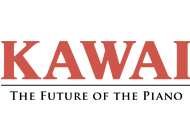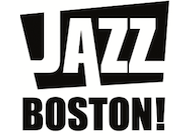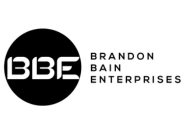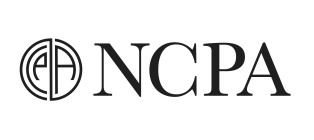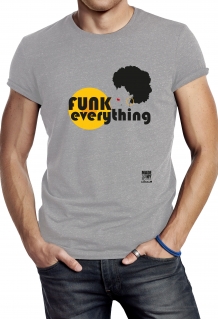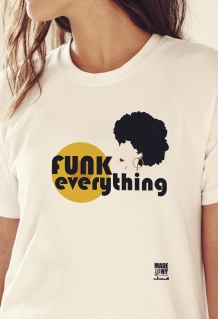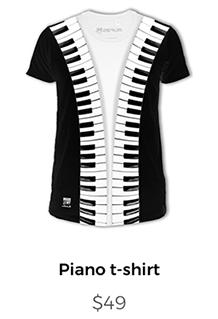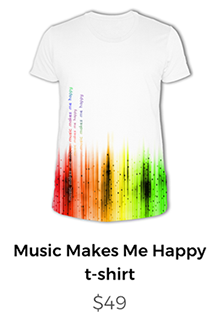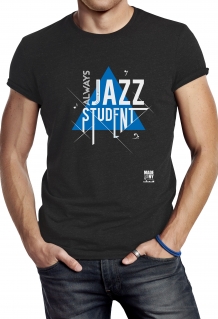Brightly Optimistic for the Future of Jazz
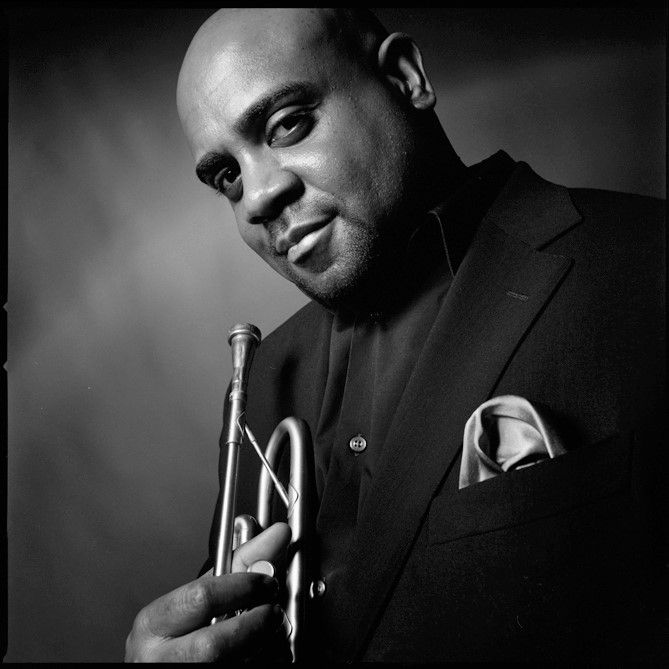
A “moment between gigs” for trumpet and maestro Terell Stafford means catching him on the heels of opening for the TD James Moody Jazz Festival at New Jersey Center for the Performing Arts and then, almost immediately, getting ready to fly out to Amsterdam to teach a master class to scores of trumpet players.
Terell’s playing is swingin’ (“I’ll Remember April”) and sweet (“Candy”), with precise phrasing, runs and trills that perfectly adorn a tune, an economy of air that expresses a mood right in the pocket.
What qualities of “Cherokee” did you find so inspirational?
Coming from a classical background and hearing Clifford Brown play it emphasized his trumpet brilliance, his technique and his articulation, similar to the study of articulation in classical and I found it fascinating. He set the bar so high. Every day I try to achieve the brilliance of Clifford.
How has your early classical training informed your learning to play jazz?
There was a lot of ear training and basic composition skills. Most important for me is the discipline to work on a concerto. That’s hours and hours of practice, your scales and arpeggios all require a very similar discipline. Playing classical music helps you to appreciate the fundamentals of your instrument. Technique studies help get you stronger and express yourself.
How long did it take for you to find your own individual sound?
It was and still is a journey. Finding your sound is like finding your personality; every year you live, your life changes. As a result, my sound has changed. When I was in my 20s playing this music, I wanted to emulate the masters around me. It’s still a goal. I hear Miles and Fats Navarro and Dizzy. The more I hear these things in my music, that draws me closer to them. It helps formulate who you are.
Then you start to hear things differently and your playing continues to evolve. Hearing Doc Cheatham playing at Sweet Basil, I once said to him that every time you play you find the right message for me to hear. He said, “It’s only taken me 90 years to get here.”
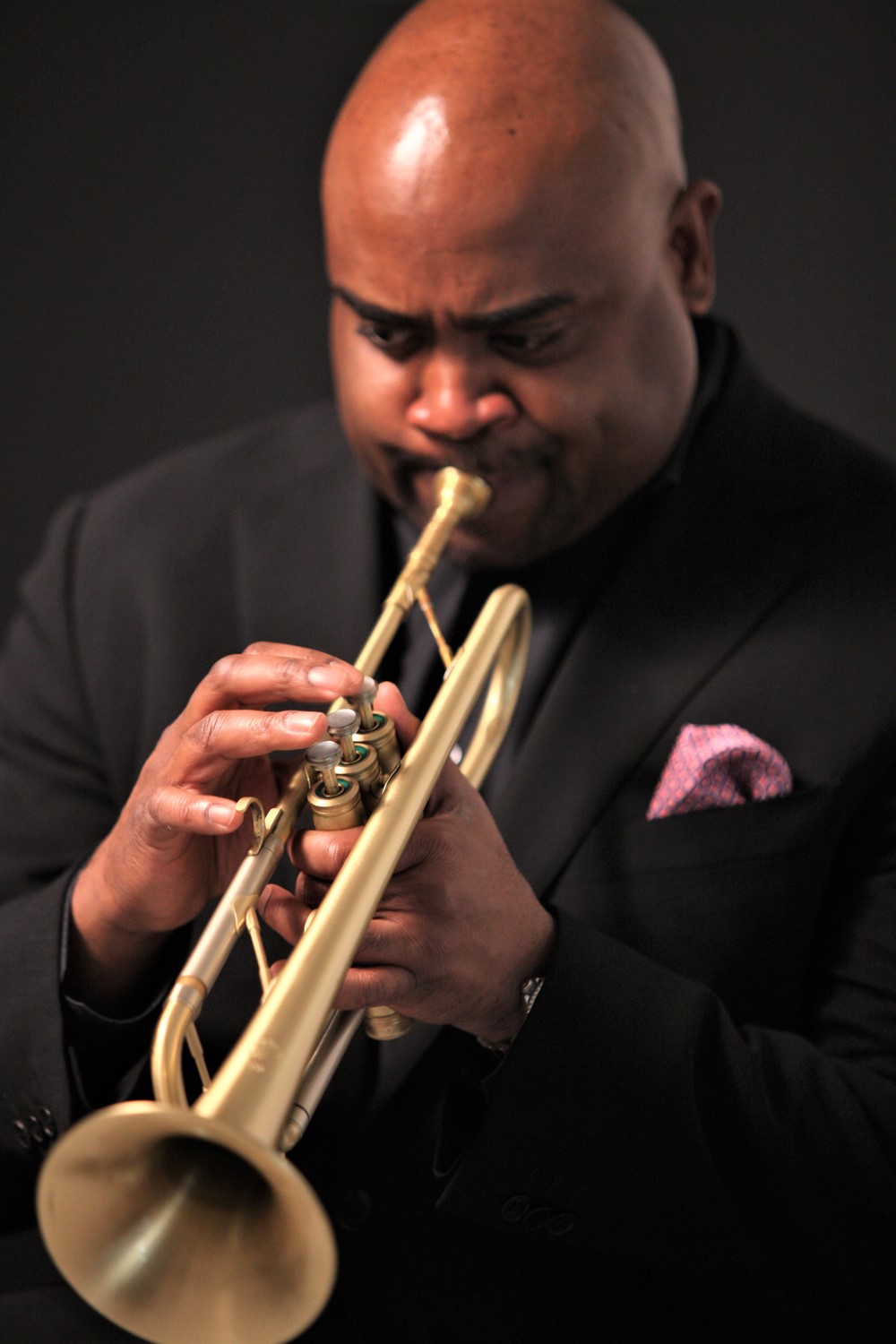
What do you enjoy most- chordal changes, rhythmic changes, melody, harmony…?
Melody definitely. I find myself writing melody to harmonize to. I look for creative ways to harmonize. I definitely love rhythm too.
What is your role as the managing director for the Jazz Orchestra of Philadelphia?
My wife and I work together on it, she takes care of the contracts and other items. I put together the music, choose guests artists, work out scenarios with the Kimmel Center and schedule all rehearsals. I plan concerts there two to three years in advance.
What do you most like about teaching clinics and workshops?
I go to different colleges and universities- for example, tomorrow I’m teaching 50 trumpet players in a big band in Amsterdam. WRTI-FM [Temple University] supports everything I do with the orchestra and since I teach there I am close with the station manager. They’re very supportive of us. They started to record a new program called “The Rite of Swing Jazz Cafe.”
How do we get young people more engaged in creating jazz and/or attending live performances?
The number of student musicians has probably tripled since I’m at Temple.
There are more venues popping up. These students are entrepreneurs, they come out and they find their way and they pull their friends along even if they’re not into it at first; they educate them and bring them to concerts.
There are new clubs doing well in Philly and at Temple there are now six big bands and 33 small groups. The energy is really great! Students are ambassadors for the music, the people they are touching are making a big difference. As long as there is an opportunity for people to play and make a good living at it, I’m pretty happy. A sense of community is coming back which is a great thing to see. Students asked to see me play at The Blue Note and last week at the Village Vanguard. At faculty concerts and student concerts, we support them and come out to listen to them.
Students in Philly are mixing and matching with New York students and vice versa, and I’m really happy where things are.
What is the current direction of jazz, compositionally?
I have the opportunity to play with a lot of bands and what’s special is that compositions are based on the popular music we are listening to. So now I would say pop music is maybe fusion or hip hop. So many styles are coming together.
I compare music to cuisine, I go to a fusion-ish Italian restaurant that makes dishes on the cutting edge, and it makes me want to come back. Fusing of different people and genres. Musicians are getting music that is more challenging to play, compositions are getting more advanced!
I’m proud of it and of where things are. People are trying to make a name and protect and perpetuate the music.
Favorite charts?
I made a promise when I started the orchestra with guest Jimmy Heath that we would play the Harlem Nutcracker. He said, “I want you to make that a tradition each year,” to honor Billy Strayhorn and Duke Ellington.
Favorite venues?
Billboard Live and the Blue Note in Tokyo. The Vanguard because you can feel the history. And Dizzy’s. I love Smoke too in NYC. I love the Bistro in St. Louis; I love that room, it’s a true favorite. Others too numerous to mention.
Other comments?
I played the TD James Moody Jazz Festival at NJPAC honoring Dizzy. It was touching to play the first concert for this series and for his widow who was in the front row. She continues to represent carrying on the legacy of her husband. It touched my heart, how much she loved it, she was smiling and supporting us.
Photos courtesy of and with permission of the artist.
(c) Debbie Burke
Debbie Burke is a jazz blogger who has interviewed hundreds of jazz musicians from around the globe. She is the author of “GLISSANDO: A story of love, lust and jazz” https://goo.gl/7hTJo5 and “The Poconos in B Flat.” Trained on alto sax at NYC’s New School for Social Research, she now spends her time as the editorial director for a small book publisher in Texas. Visit her blog at www.debbieburkeauthor.com

.jpg)
.jpg)

